06 Jul 2017
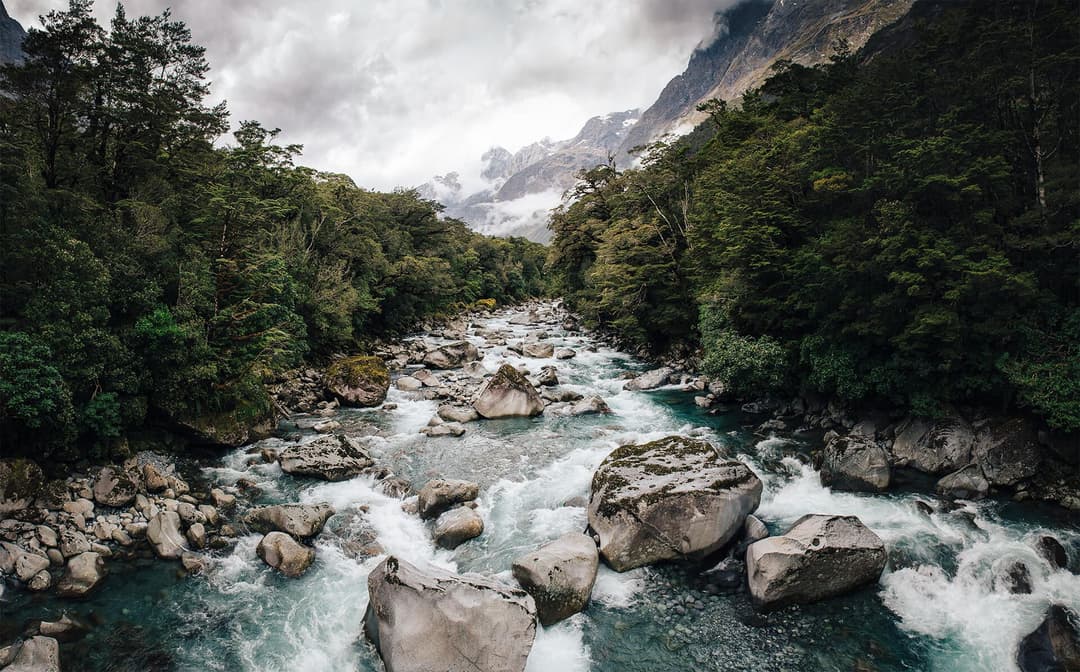
Found all over the world, yet only hailing from the South Island in New Zealand, pounamu can be found in rivers up and down the coast of the southern island. The varieties to be found in New Zealand are predominantly nephrite with one deposit in the Milford Sound consisting of bowenite.
Considered a precious material in New Zealand’s history, Māori considered pounamu to be a stone from the Gods. A large reason for this would be the difficulty it took them to obtain the stone after first discovery, as it was only found in secluded spaces hidden by the dangerous Mountains.
The pounamu trails were perilous, challenging the Māori people in their quest to find the stone. As they were hidden in remote rivers throughout the large alpine mountain ranges, which they named Whenuahuka, to explicitly explain the high snowy peaks. They also called the thunderous and deadly avalanches Hukahoro, signifying their danger.
The pounamu trails they took to reach these remote areas of the South Island become the blood arteries of the land, wars took place and many died along the way. However they were also used as migratory trails for families who wanted to move to places with lush food sources throughout the mountains.
Pounamu is locked into the high and hazardous mountains, embedded deeply into the rocks. With the help of glacier ice and torrential rain, the stone is wrenched from its place and falls into the mountain rivers, where the men are able to pull the stone and use it for their own.
An important aspect of their hunting for stone and crossing the pounamu trails is their memory and knowledge of the island and land overall.
The Māori people could see how the land fit togeher and considered it as one entity. They knew its overall shape and remembered the ins and outs of each pathway they crossed, all without the help of maps. They recalled which rivers consisted of their precious pounamu and how to get there.
The Māori people followed the tracks from the South Island’s east coast or from the North Island, onwards to the West Coast where a lot of the pounamu resided. Each trail finished at a river or significant water source where pounamu could be found beneath the surface.
Today, there are some key New Zealand Rivers where Pounamu can be found, all within Ngai Tahu’s jurisdiction. Some hold a historical significance and some have become prominent locations showcasing New Zealand’s beautiful landscape and scenery.
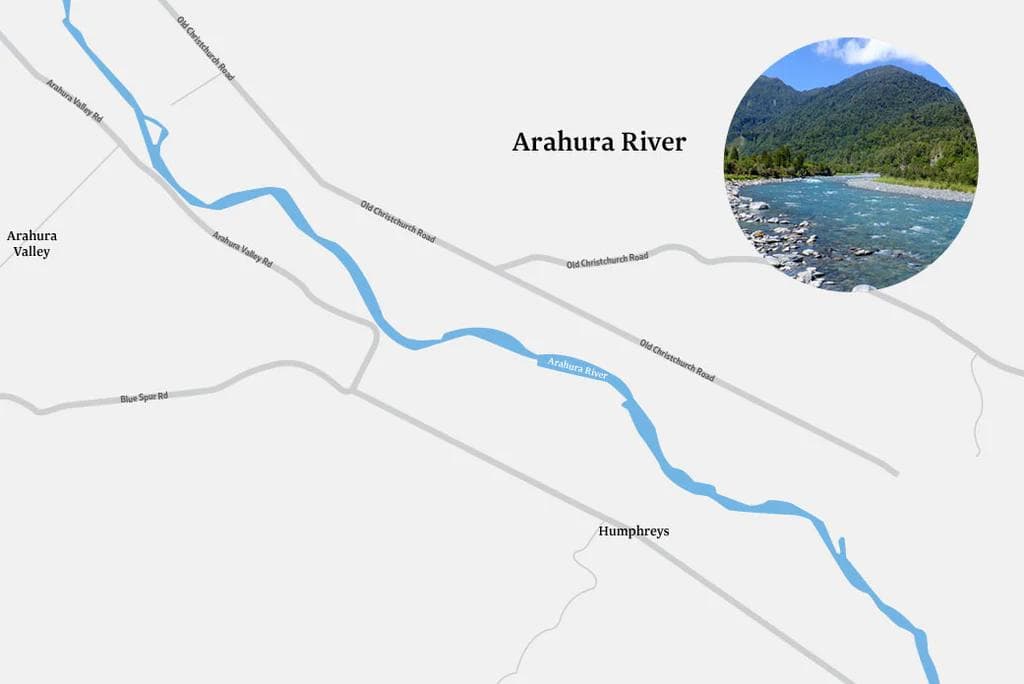
One of the most famous rivers for Pounamu, the Arahura River, resides in Hokitika. There were many traditional trails that led to this river for the Maori people. Twisting and turning through the South Island plains and mountain ranges, ultimately bringing them through to the stunning river.
Located on the west coast of the South Island, it flows into the Tasman Sea. In the past, the lower regions of the river were a major producer of gold, being excessively mined and depleting the gold resources. Now Pounamu is the only natural resource taken from the rivers bright turquoise waterways.
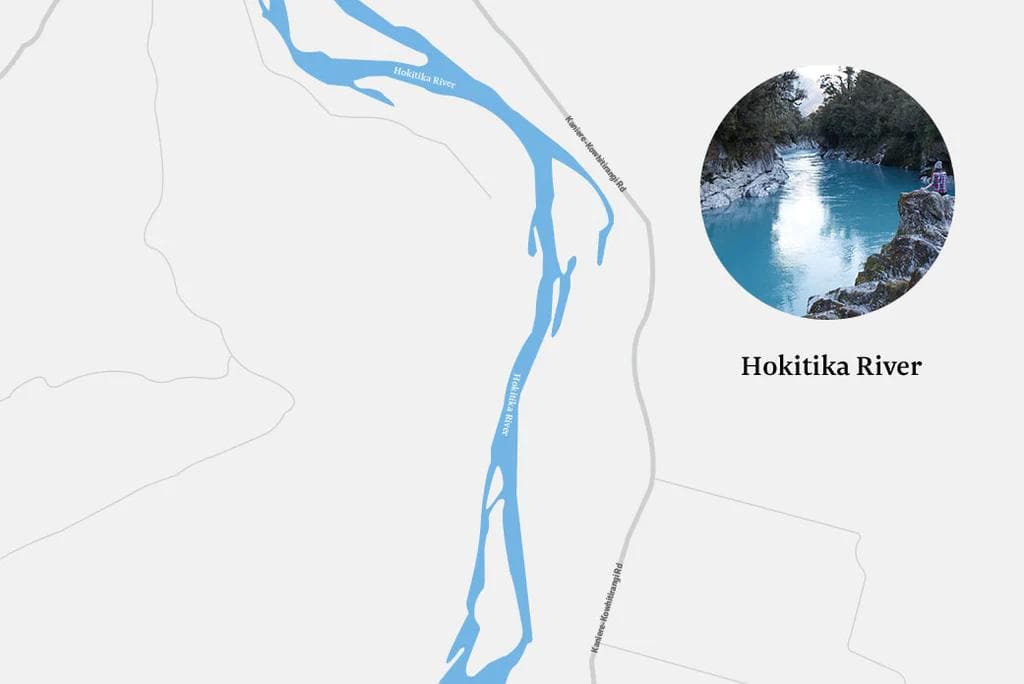
The Hokitika River is on the West Coast, beginning in the Southern Alps and emerging from the narrow Hokitika Gorge, also flowing into the Tasman Sea. A recognisable spot, thanks to the beautiful turquoise glacier waters and walkways around the river, it’s by far the most accessible pounamu bearing river in the South Island and has become a New Zealand hot spot for exploring the pathways and swimming in the fresh, clean water. This Iconic location is photographed widely, also being a location we chose to take imagery for our 2016 campaign shoot, fittingly relating to the history, pounamu and the stunning New Zealand landscape.
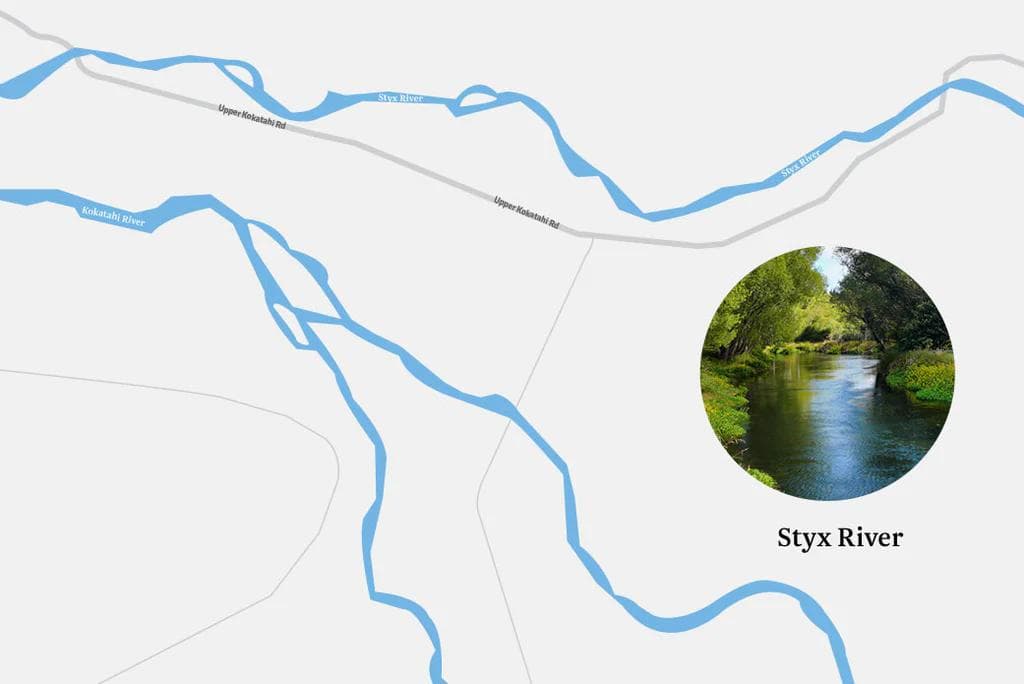
The Styx River is a river that is also on the West Coast of the South Island. It flows west for 16 km from Styx Saddle into the Kokatahi River. Surrounded by lush native New Zealand bush and greenery this spot is ripe for exploring the native bush and green wetlands of New Zealand. The crystal clear water and location are amongst the more remote within New Zealand, making this a beautiful spot for fly-fishing, alongside the possibility of stumbling across Ngai Tahu pounamu in your trails. More remote in access and typically only stumbled on by the keen angler on a hunt for trout, this river is a beautiful location to explore a unique New Zealand landscape.
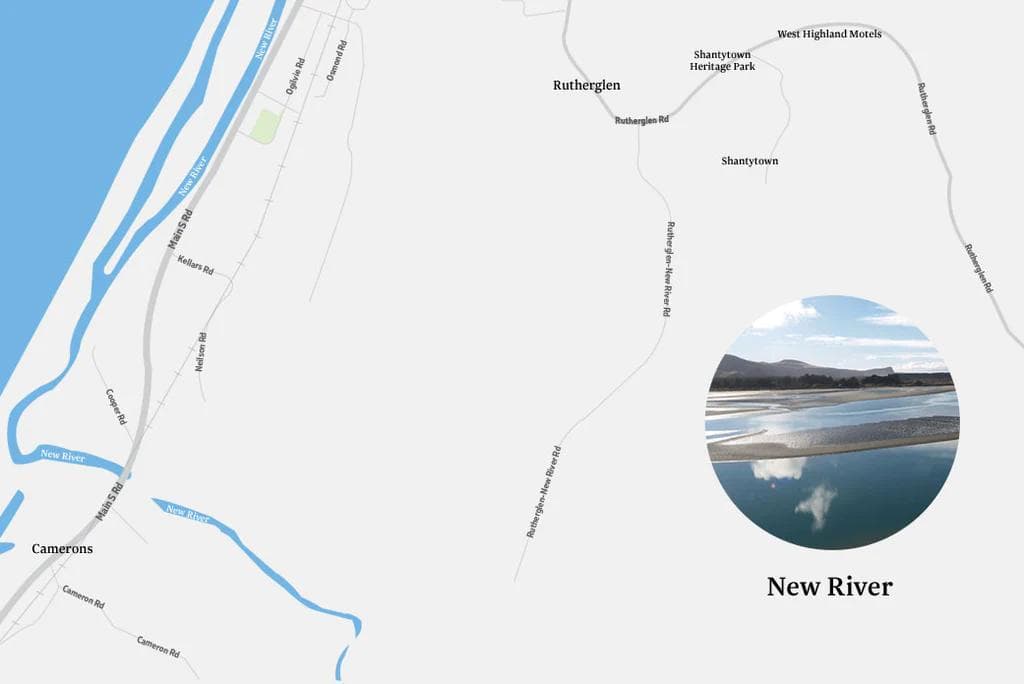
Another river on the West Coast, the New River is hidden behind the hills of Lake Brunner and flows down them to the north edge of the floodplains. This was another spot that was once popular for gold dredging in the past. The river was adapted to have dual names when Ngai Tahu received their settlement claims in 1998, giving it Kaimata and New River interchangeably. It reflects both their cultural significance to the region as well as a nod to the name given by European settlers. This river is a popular place for rafting and traveling through the rocky passes, remote from the modern world with bright blue water.
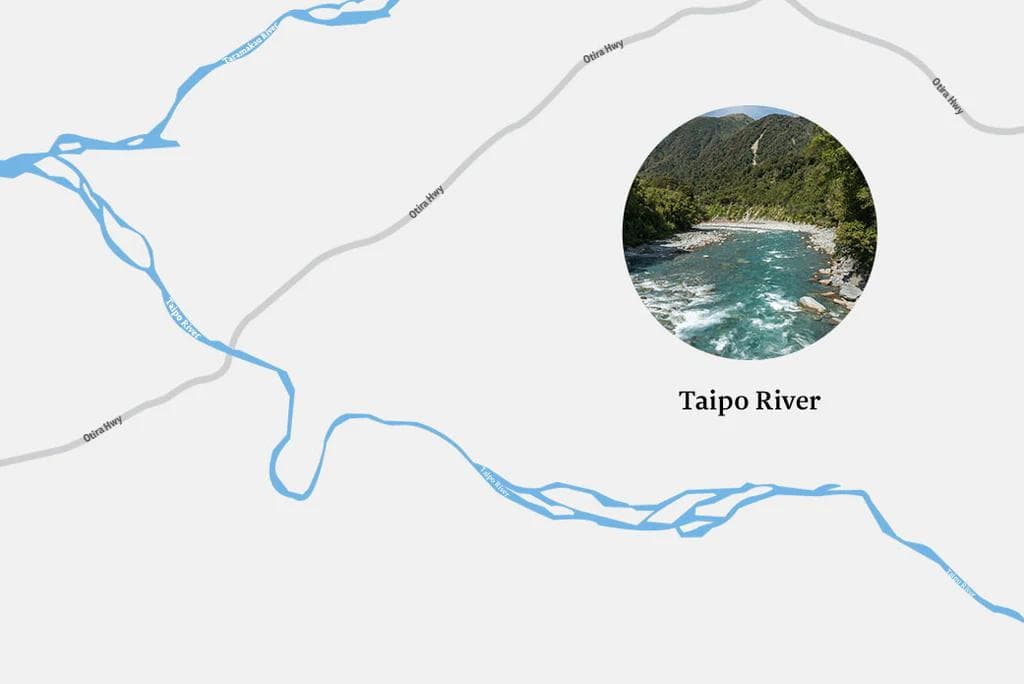
The Buller River and region was a synonymous and important location for pounamu and the traditional Maori trails in their history. The Taipo River is one spot in particular where pounamu resides. Coming from east of Mount Zetland, many of the streams flow from the north side of the Allen Mountain Range, meeting up with the Karmea River which feeds from the Taipo River. This region of New Zealand was filled with Mari trails, as they walked around the landscape where many rivers met and interchanged paths. The Buller region was explored at length by European explorer Heaphy. He writes about his exploration with the Maori people of the region as he completes many of their trails with them through the treacherous river crossings and pathways. The Taipo River is still a river today with rough and fast running water in sections.
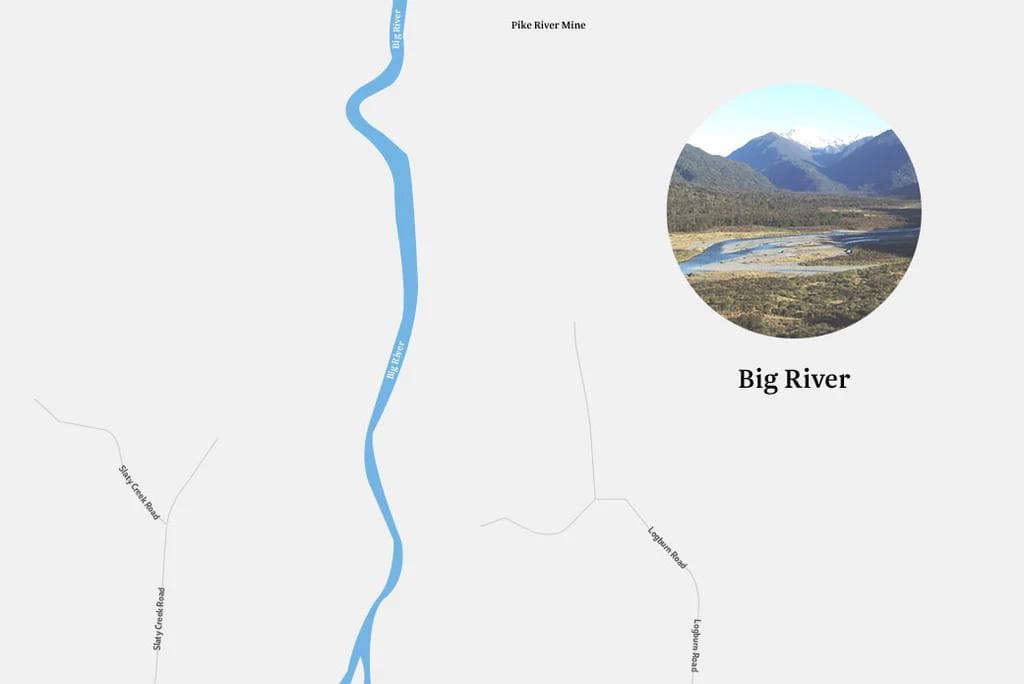
To many, the Pike River is now known as a spot of disaster since 2010. Originally an industrious coal mining location, it was one of the large coal producers in New Zealand before a terrible disaster occurred where many miners were killed by a major explosion. Located on the West Coast by Greymouth, this is still a spot that is rich in natural resource, New Zealand Pounamu included. Despite the terrible happenings in recent history, the Pike River is still a beautiful location synonymous to New Zealand landscape and riverlands. Clear rushing water with native New Zealand plant and bird life in large supply.
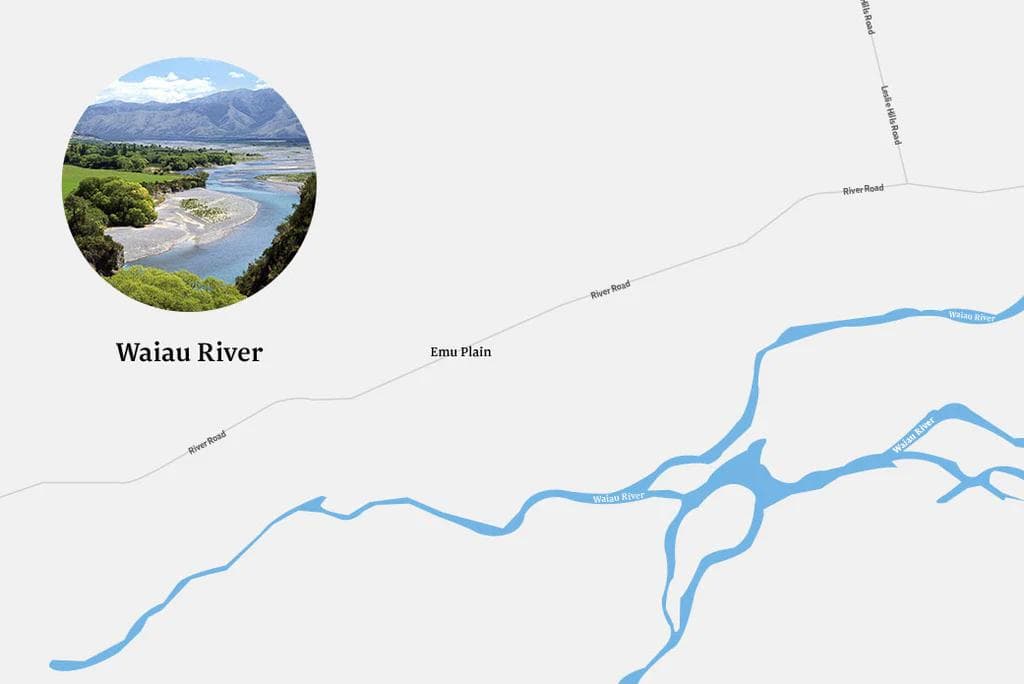
This region of New Zealand is the only deposit of bowenite, rather than nephrite pounamu. A softer stone, the tanhiwai stone, as it was known in the past, this was a renowned and beautifully sought after variety of pounamu in Maori history. This stone was much easier to carve finer details into and was often used for the complicated hei tiki designs. Due to it’s limited access it was much more valuable, its unique and intense colourings also increasing its value. Located by the Fiordland National Park this is an iconic region of New Zealand to this day, being all the more special for being the only home to this variety of pounamu.
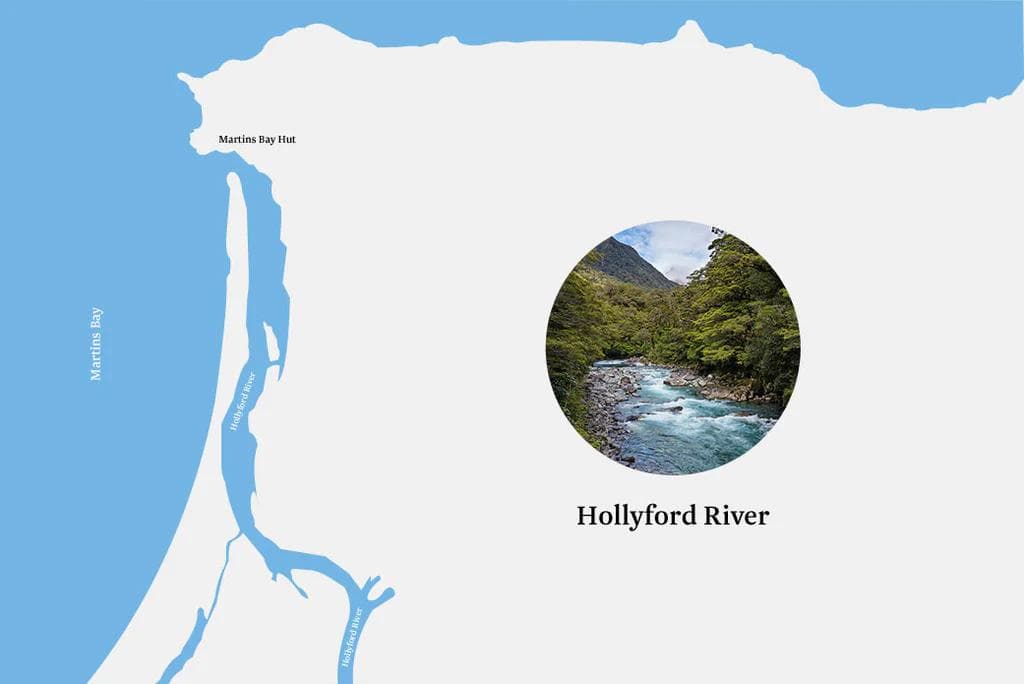
A trail around this region was a historically significant one in Maori history. Now walked by many, pounamu is found less frequently but it still maintains a spiritual significance and is considered prominent spot where this precious stone was found. Also known as the Whakatipu Kā Tuka, being the name also given after the 2008 Ngai Tahu settlement agreement, the sources of the river come from the Southern Darren Mountains and Gertrude Valley. This then continues through to the glacier formed Hollyford Valley. The river consists of many twists and turns around the landscape, sheltered by a plethora of native trees and high rocky banks.
There are many more rivers not mentioned in this exploration, due to the remoteness and vastness of the traditional pounamu deposits and trails throughout the South Island of New Zealand. However, some of the key locations mentioned are favourite spots that have been walked by some of our very own carvers in Hokitika and our family for three generations. It’s important to note that before wishing to explore the greenstone trails or search for pounamu, the Ngai Tahu should always be consulted, as it is their land and their property.
We value pounamu greatly and always wish to explore the remote parts of New Zealand, discovering the stones and how the environments influence them and the traditional designs. We like to take this a step further however and also look to the rest of the world, searching their rivers, traditions and remote lands to find where this stone can be found internationally. The search for global stone is an important one as it helps maintain the sustainability of our precious New Zealand pounamu as well as brings a global perspective on the traditions, art and carving of jade on a larger scale.